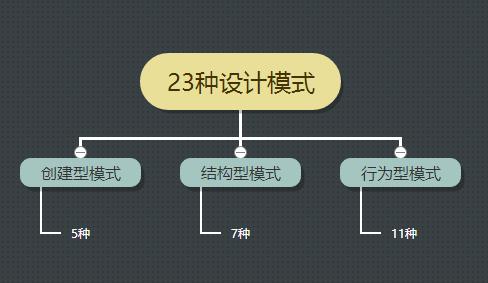Software weaknesses that create attack surfaces for adversarial exploits, such as lateral SQL injection (LSQLi) attacks, are usually introduced during the design phase of software development. Security design patterns are sometimes applied to tackle these weaknesses. However, due to the stealthy nature of lateral-based attacks, employing traditional security patterns to address these threats is insufficient. Hence, we present SEAL, a secure design that extrapolates architectural, design, and implementation abstraction levels to delegate security strategies toward tackling LSQLi attacks. We evaluated SEAL using case study software, where we assumed the role of an adversary and injected several attack vectors tasked with compromising the confidentiality and integrity of its database. Our evaluation of SEAL demonstrated its capacity to address LSQLi attacks.
翻译:在软件开发的设计阶段,通常会采用安全设计模式来解决这些弱点,但是,由于横向攻击的隐形性质,使用传统的安全模式来应对这些威胁是不够的。因此,我们介绍了SEAL,一种安全的设计,这种安全的设计可以推断建筑、设计和执行的抽象程度,以下放应对LSQLi攻击的安保战略。我们利用案例研究软件对SEAL进行了评估,我们在这个软件中扮演了对手的角色,并注射了数种攻击矢量,负责破坏数据库的保密性和完整性。我们对SEAL的评估显示了它应对LSQLi攻击的能力。




